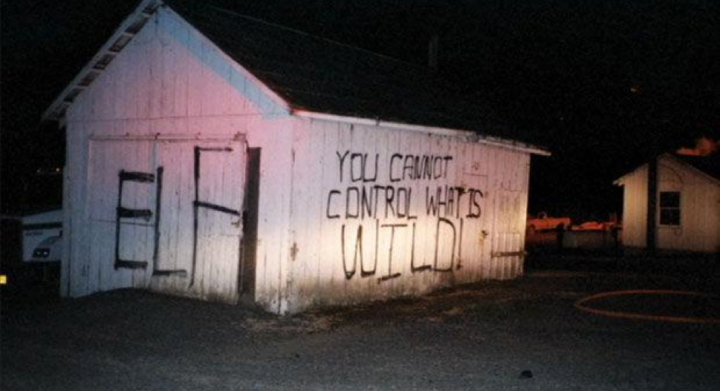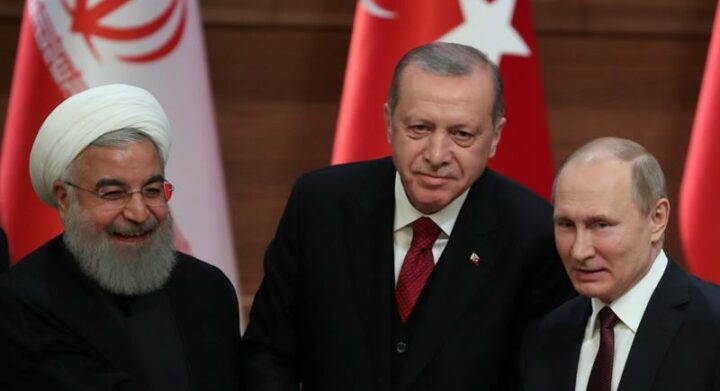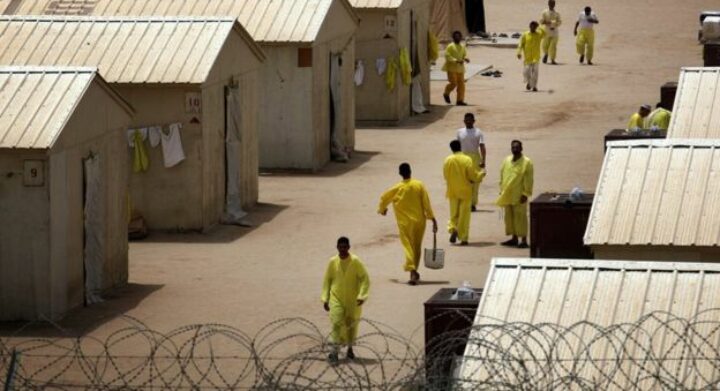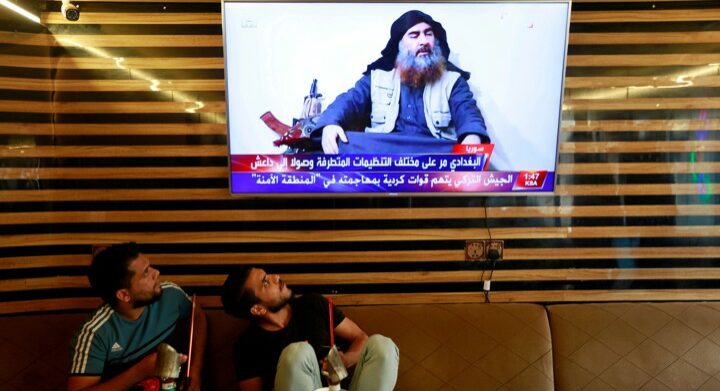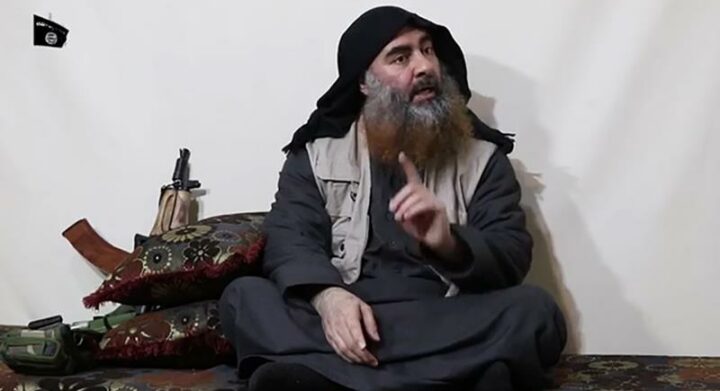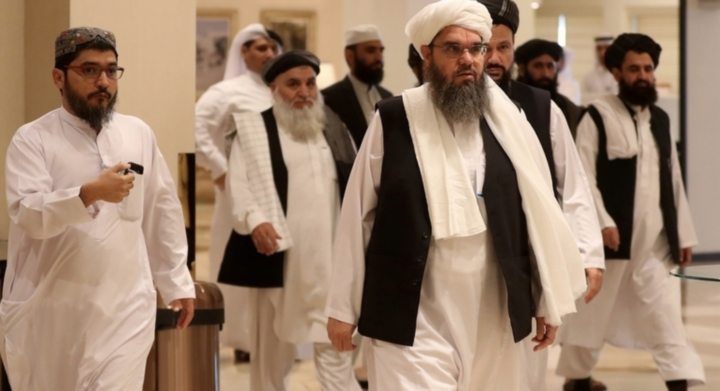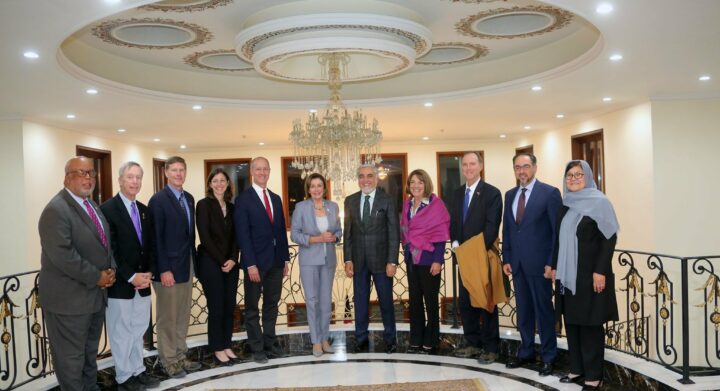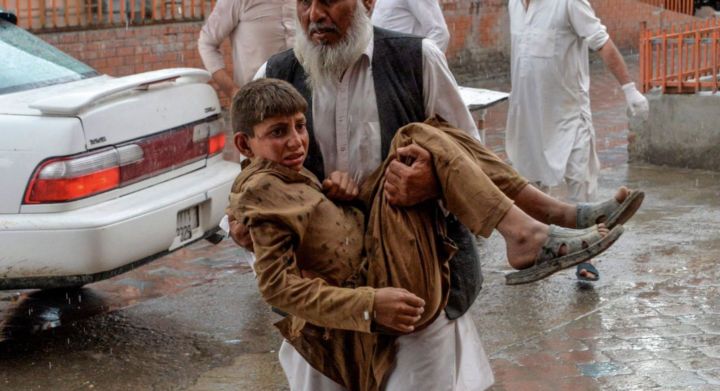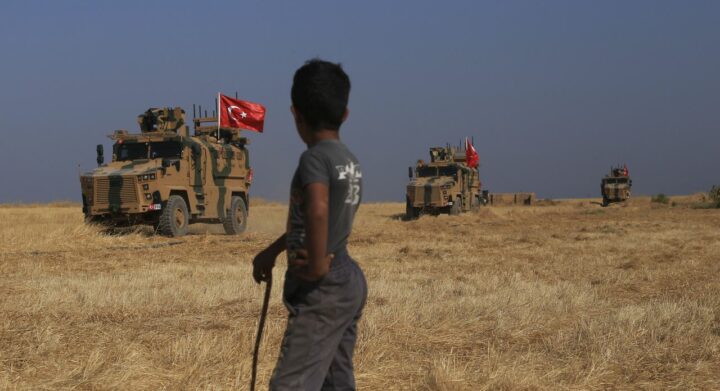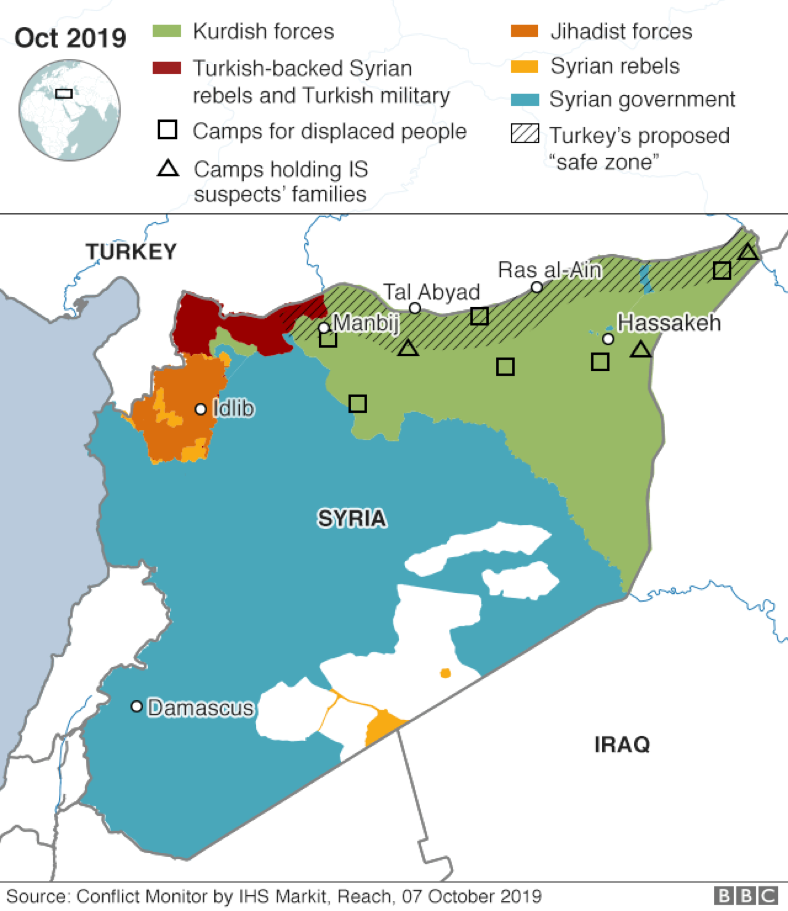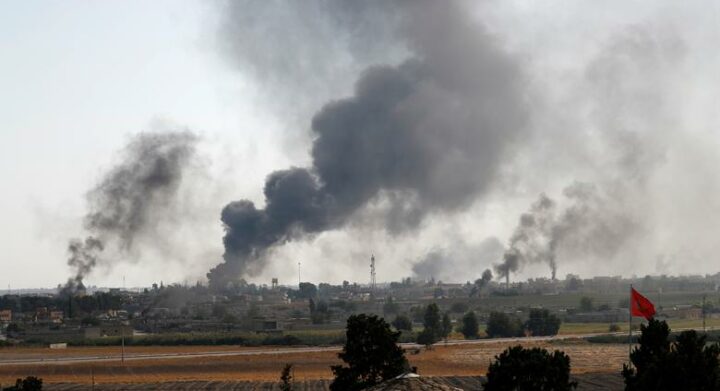- Originally established in 1992 in Brighton, United Kingdom, ELF now operates in 17 countries and is thought to be a descendant of the Animal Liberation Front due to their increased cooperation.
- Uses a “leaderless resistance” model to take the profit motive out of environmental destruction by causing property damage to businesses. The ELF targets companies that “exploit the Earth, its environment, and its inhabitants.”
- Advocates for “monkeywrenching”, a euphemism for acts of sabotage and property destruction against industries and other entities perceived to be damaging to the natural environment. One of their most popular forms of attack is arson.
Summary of Extremist Narrative
The ELF is a completely decentralized group with no hierarchical structure or central leadership. The ELF mainly consists of a network of self-funded cells which carry out attacks under the ELF name. The ELF targets businesses and corporations which are thought to be harmful to the environment, such as companies working in genetic engineering, genetically modified organism (GMO) crops, deforestation, rural cluster and development, and energy production to name a few. They utilize several attack styles, with arson being the most popular form of criminal activity carried out by the group.
History of the Group
The ELF was originally established in 1992 in Brighton, United Kingdom before spreading to the rest of Europe. It is now operating in 17 countries and consists of an entirely decentralized structure. The ELF is known to cooperate with the Animal Liberation Front due to their similarities in radical ideology.
What sets the ELF apart from other environmental protest groups is their radical ideology and actions. The ELF follows two trains of thought, the first being “Biocentrism”, which regards all organisms on earth as equal and deserving of moral rights and considerations, and identifies biodiversity and wilderness as an absolute good against which all other actions should be judged.
The second philosophical approach that the ELF follows is “Deep ecology”, which calls for a general rollback of industrialization and the restoration of the ecological balance. While neither of these schools of thought are generally violent or criminal, the ELF uses these philosophies to justify their violent actions as moral. Radical environmentalist groups believe that human beings are the source of the environmental problem and advocate for the destruction of environmentally-harmful corporations and industries.
Current State of the Movement
Following 9/11, the FBI began to focus on all forms of domestic terrorism including eco-terrorism. In 2004, the ELF was ranked as the number one domestic-terror threat in the US, surpassing white supremacists and militias as the FBI’s top priority. A wave of arrests known as “The Green Scare” led to a massive crack down on eco-terrorist groups. Although these eco-terrorist groups have never killed anyone, they have caused massive amounts of property damage as well as economical damage to hundreds of corporations.
According to an article titled The Earth Liberation Front and Environmental Terrorism, the ELF and the ALF are believed to be responsible for over 600 criminal acts between the years of 1996 and 2002, causing more than $43 million in damages. Another article mentioned a string of arsons, including a fire in 2003 that caused $50 million worth in damages to a five-story apartment complex. A banner that was left at the scene of the fire made it clear that it was the work of the ELF, but those who set the fire were never found.
The ELF has an active website where they claimed responsibility for arson attacks and other criminal activity across the US. They also have a training manual that calls itself an “arson guide” for ELF members. The loose structure of the ELF group makes it even more difficult to track down those responsible for their criminal acts.
In recent years, however, the number of attacks carried out by the ELF and other eco-terrorist groups has declined. According to a START article, the number of incidents in the past few years has been significantly lower than in the early 2000’s. Looking at the Global Terrorism Database (GTD), the most recent ELF attack logged in the US was in 2009 in Everett, Washington, where an unknown assailant stole a track hoe and toppled two radio transmission towers. The attack caused more than $2 million dollars in damage and the ELF was prompt to claim responsibility.
The most recent attack logged in the GTD was in Athens, Greece in 2015, suggesting that the ELF’s momentum has dwindled in the US. This may be in part due to law enforcement’s major crackdown on eco-activists across the country. Many of these protesters have faced terrorism charges for acts such as chaining themselves to construction sites to prevent further environmental damage. The increase in eco-activist arrests is seen as a resurgence of “The Green Scare” that was seen in the early 2000’s.
The Extremism Assessment Series is an initiative of Rise to Peace’s Domestic Counter Terrorism Program. It seeks to provide short educational pieces highlighting groups or social movements linked to extremist ideologies and/or tactics. Check back for new additions to the series.

